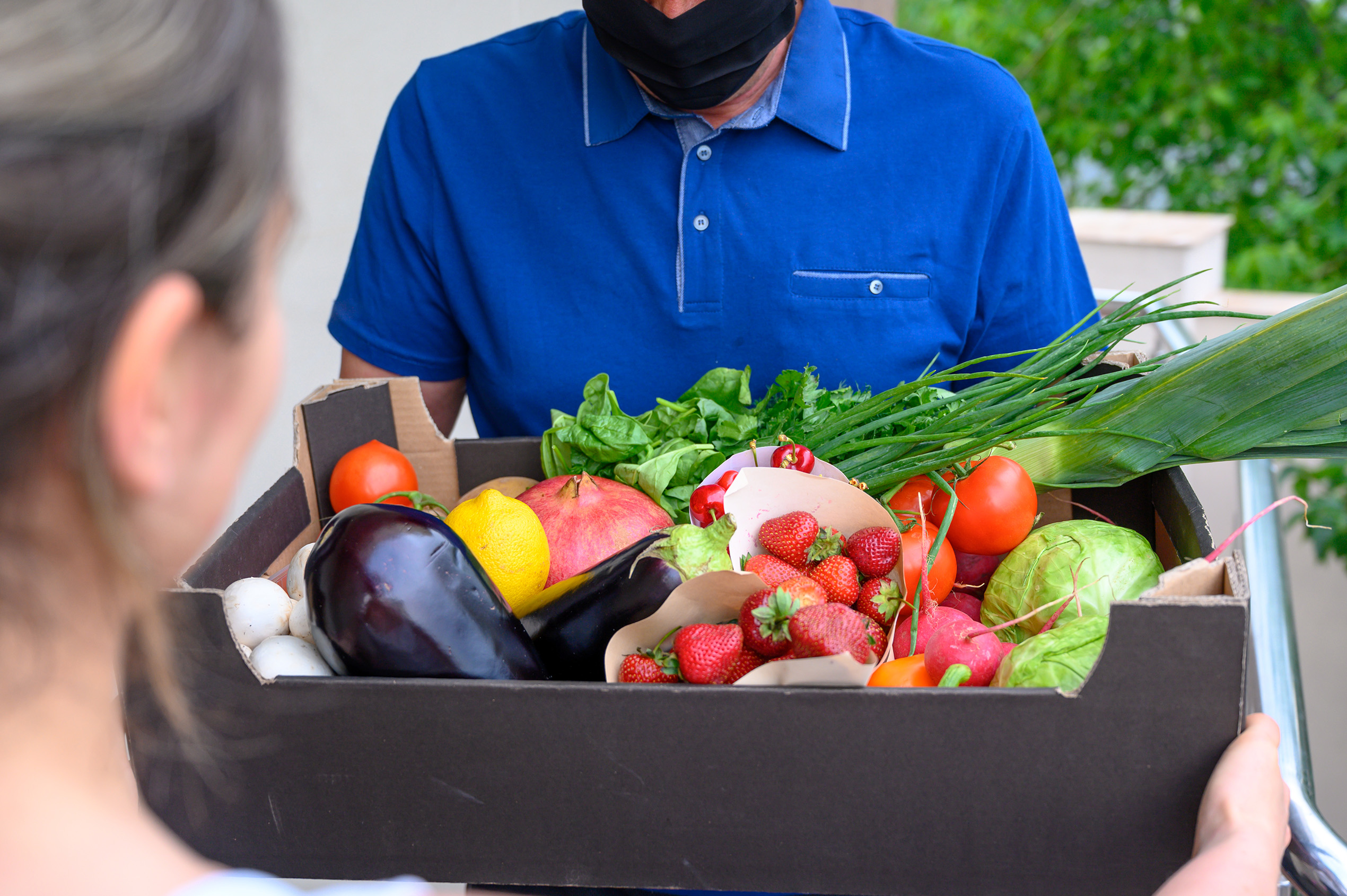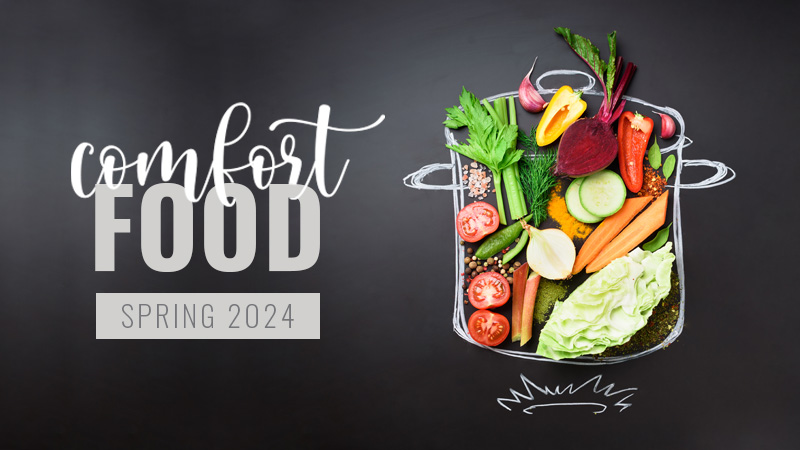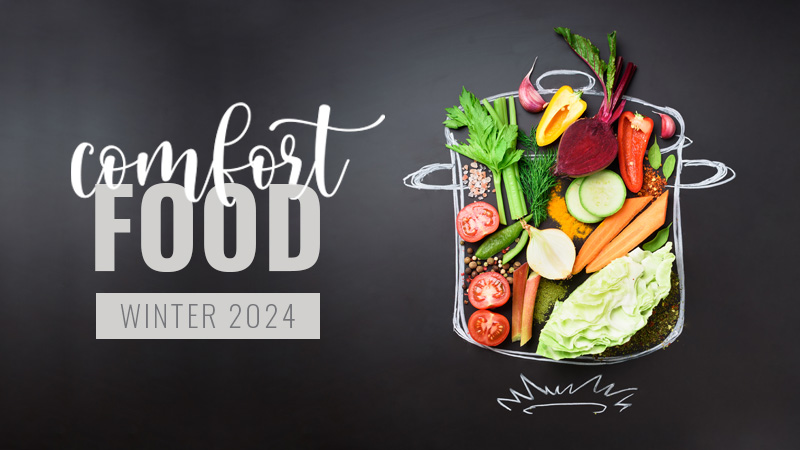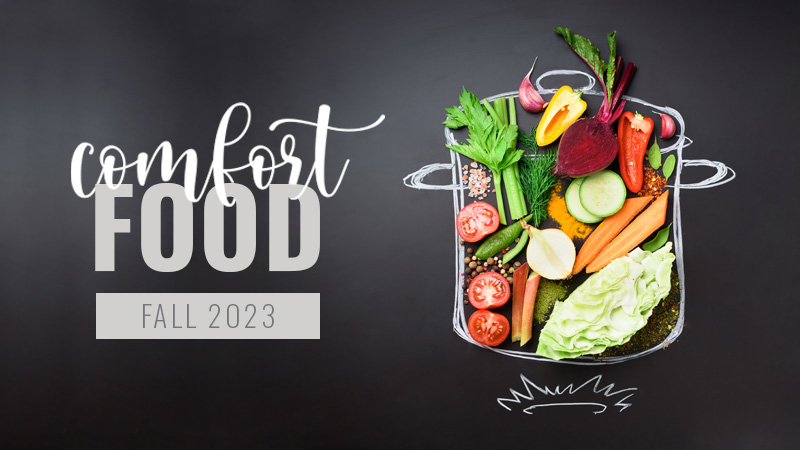Community Liaison | Blog
Food, Socialization, and Community

A Holistic Approach to Address Food Insecurity
People have an inherent need to socialize and have positive relationships with others. Whether it is at work, school, or home, we crave to belong in a place where we feel accepted. Good social support can also improve mental and physical health (Rokach, 2020). After COVID-19, our community became more isolated; with people working from home and a reduction in social events, our ways of socializing had to shift, becoming almost non-existent for some. This blog discusses the relationship between community, social environment, and food insecurity, while assessing the impact a lack of connection has on society.
One of the main ways people have socialized since the beginning of time is through food. Food represents history, tradition, culture, and so much more. Canada’s Food Guide emphasizes that “healthy eating is more than the food you eat. It is about where, when, why, and how you eat” (Government of Canada, 2019). Food is not only a means of consumption, but also a social activity. There are many ways people can connect through food, one of them being through backgrounds and beliefs. Canada is a multicultural country, where people can get together and reminisce about heritage through traditional plates and recipes. Food is also a fantastic means of learning and showing interest in other cultures and traditions.
One factor often overlooked in discussions about food insecurity is the sense of belonging. People who are food insecure, unfortunately, are likely in a high-stress environment due to their financial concerns (Wright et al., 2021). Additionally, the stigma associated with not being able to purchase food can make people feel embarrassed, which may lead them to avoid talking and socializing with others. The lack of access to nutritious and culturally appropriate food can make it challenging for people to maintain their cultural identity and connect with their heritage (Cohen & Syme, 2013). When people are unable to access the foods they want and need, it can create a sense of loss and disconnection.
A community not only serves as support but also as a resource. People with similar experiences have diverse ways of approaching situations. Sharing and combining approaches can make it easier for everyone to find a solution. People experiencing food insecurity are extremely resilient and want to find a way out of their financial instability. We ought to disassociate the stigma correlated with food banks. Letting people experiencing food insecurity know that anyone can be put in a situation where they need to access a food hamper (Alaimo et al., 1998), lets them know that it is not uncommon, it is not their fault, and it is not forever. Additionally, we should empower people to be part of the decision-making process and allow them to contribute their ideas and perspectives to help build a sense of ownership and belonging.
In order to create an upstream approach to address food insecurity, we must consider the social, economic, and cultural contributions and impacts. By promoting a sense of belonging, clients can benefit from resources that address the root causes of their food insecurity, as well as create deep cultural connections and learn from different traditions. Overall, it would be one step forward to improve their lifestyle, including their mental and physical health.
Sources:
Alaimo, K., Briefel, R. R., Frongillo, E. A., & Olson, C. M. (1998). Food insufficiency exists in the United States: results from the third National Health and Nutrition Examination Survey (NHANES III). American Journal of Public Health, 88(3), 419–426. https://doi.org/10.2105/ajph.88.3.419
Cohen, A. K., & Syme, S. L. (2013). Education: A Missed Opportunity for Public Health Intervention. American Journal of Public Health, 103(6), 997–1001. https://doi.org/10.2105/ajph.2012.300993
Government of Canada. (2019). Healthy eating recommendations – Canada’s Food Guide. Canada.ca. https://food-guide.canada.ca/en/healthy-eating-recommendations/
Rokach, A. (2020). Belonging, Togetherness and Food Rituals. Open Journal of Depression, 9(4), 77–85. https://doi.org/10.4236/ojd.2020.94007
Wright, K. E., Lucero, J. E., Ferguson, J. K., Granner, M. L., Devereux, P. G., Pearson, J. L., & Crosbie, E. (2021). The impact that cultural food security has on identity and well-being in the second-generation U.S. American minority college students. Food Security, 13(3), 701–715. https://doi.org/10.1007/s12571-020-01140-w



